Description
Badam-Indian Almond Tree “Terminalia Catappa”
The Indian Almond Tree (Badam), scientifically known as Terminalia catappa, is believed to have originated in the tropical regions of Southeast Asia. It is native to a wide area that includes parts of India, Malaysia, Indonesia, the Philippines, and other countries in the Southeast Asian region. This majestic tropical tree with its broad, glossy leaves and unique almond-shaped fruits is a true gift of nature.
The Terminalia Catappa tree, a symbol of beauty, utility, and harmony in the natural world.
Features and uses of the Badam-Indian Almond Tree:
- Leaves: Large, glossy, and uniquely shaped leaves that resemble almonds, adding a touch of elegance to any landscape.
- Foliage: The tree’s foliage showcases an array of colors, transitioning from lush green to vibrant red, orange, and even purple, creating a stunning visual spectacle.
- Fruits: Almond-shaped fruits that start green and turn brown as they mature, making them both ornamental and intriguing.
- Tropical Aesthetic: These trees exude a tropical charm, for gardens, parks, and coastal landscapes, adding a touch of exotic beauty.
- Drought Tolerance: Once established, they are adaptable to numerous soil types and relatively drought-tolerant
- Shade Provider: These trees provide good shade, because of their wide canopy and thick foliage,making them a popular choice for relaxation areas and outdoor events.
- Wildlife Attraction: The tree’s fruits attracts birds and wildlife, enhancing biodiversity and creating a harmonious ecosystem.
- Medicinal Uses: Terminalia Catappa leaves have a history of traditional medicinal uses, particularly in tropical regions, for their potential health benefits.
- Ornamental Value: The beauty of these trees makes them a sought-after addition to landscaping initiatives and botanical gardens.
Care requirement for Indian Badam Plant
1. Site Selection: Select a location with well-draining soil and make sure to provide full sunlight for optimal growth.
2. Initial Watering: In the early stages, water your newly planted tree consistently to aid root development.
3. Mature Tree Care: As your tree matures, reduce watering frequency, as Indian Almond Trees are moderately drought-tolerant once established.
4. Pruning Guidelines: In addition to regular care, consider occasional pruning for shape maintenance and to remove dead or crowded branches.
5. Fertilization: Moreover, provide a balanced, slow-release fertilizer during the growing season for optimal nutrition.
6. Pest and Disease Vigilance: Additionally, keep an eye out for pests and diseases and take prompt action if you notice any signs of infestation or illness.




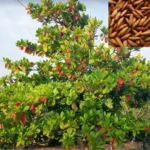
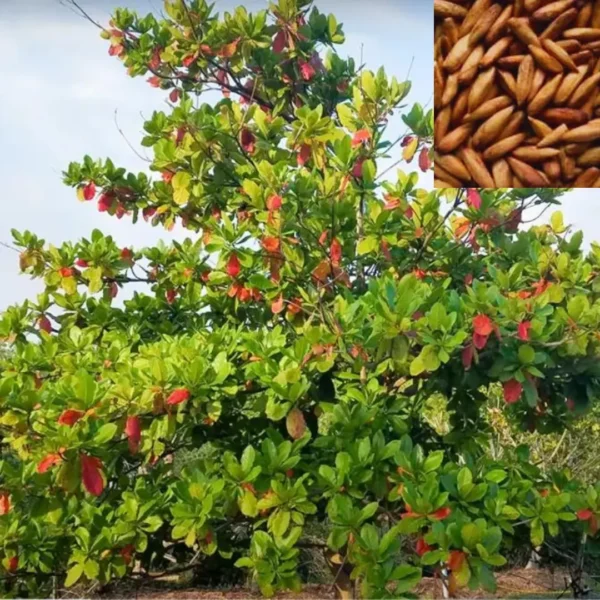

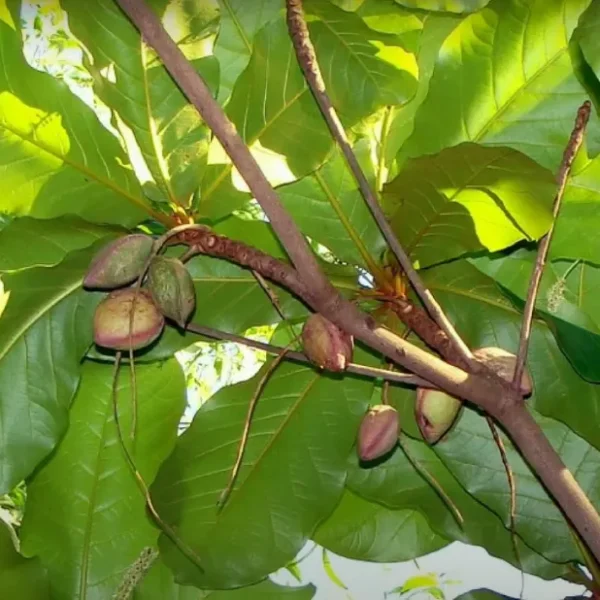
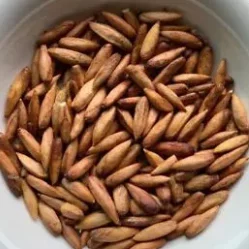
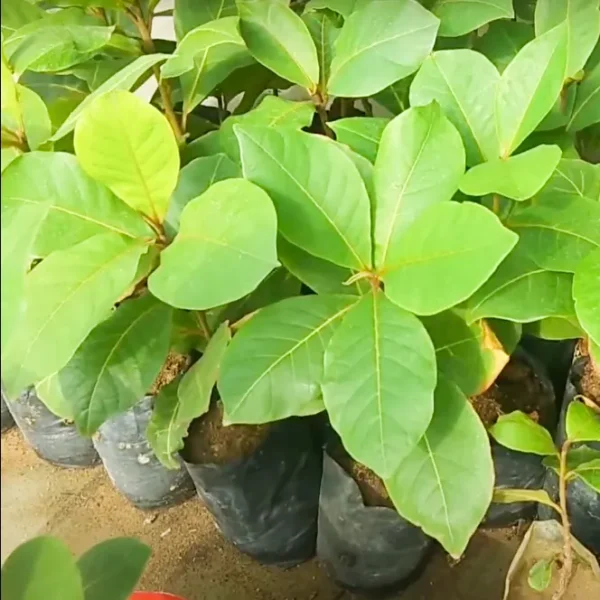
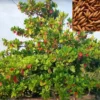
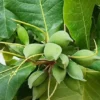
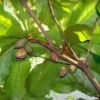
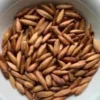
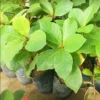
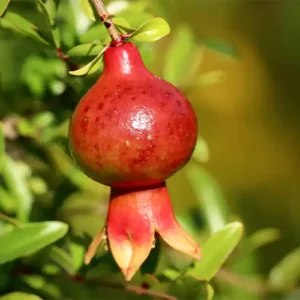
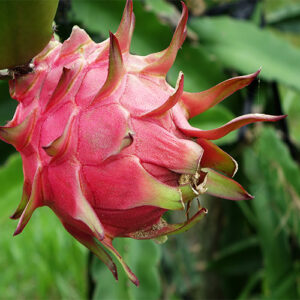



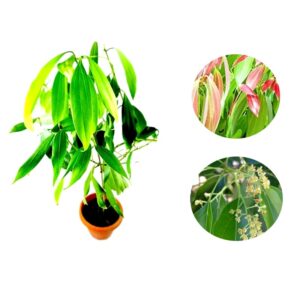
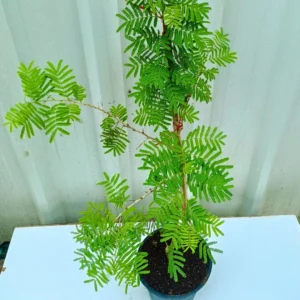
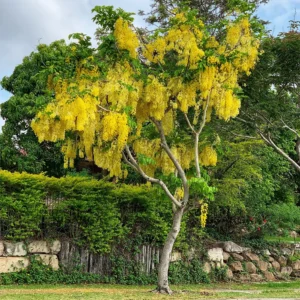
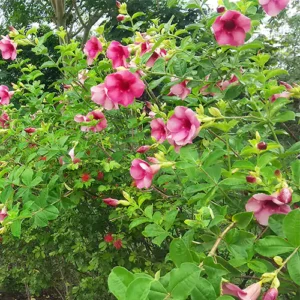
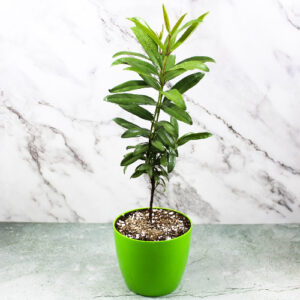
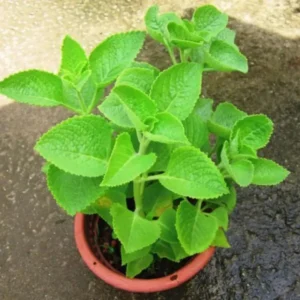
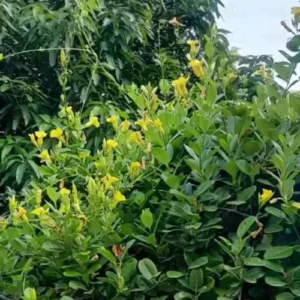
Reviews
There are no reviews yet.